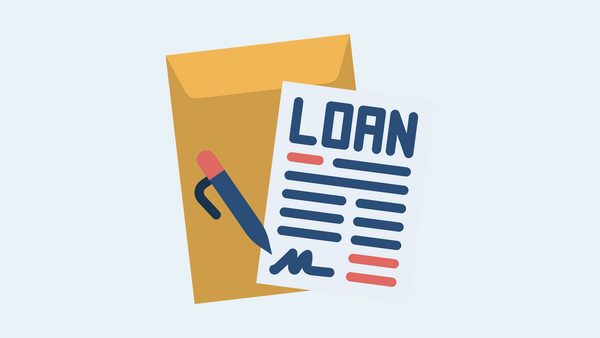While it’s possible to bootstrap a company, growth often comes at a cost. For businesses, we call that the cost of capital. Whether you are leveraging equity or debt, there is a cost associated with that funding. If you don’t understand the cost of capital, you risk it being too costly. You could give away too much equity or take on a business loan where the payment eats into your free cash flow.
Business loan rates are the interest charged on a loan used for business purposes. Business loan rates can vary depending on several factors. These factors include:
- the lender’s risk tolerance - at any given time, lenders have a risk “appetite.” That appetite changes based on their past and current loss ratios, economic factors, market pressure, and more.
- The type of loan - term loans generally have fixed rates. In contrast, lines of credit have variable rates. The general rule to learn is that a fixed need, e.g., buying a piece of equipment, equates to a fixed loan type and, therefore, a fixed rate. A variable need, such as payroll costs that ebb and flow, equates to a variable loan type and, therefore, a variable rate.
- The length of the loan - business loans have terms and amortization schedules. The term is the length of time that the loan rate is set for. The amortization is the length of time the payments are calculated being spread across. Sometimes the term and amortization lengths are the same. Sometimes they aren’t. The best example is personal real estate loans versus commercial real estate. Most of us are familiar with 30-year mortgages. Commercial real estate loans will often have a 15/25 structure. The 15-year term is how long the rate is set for, and the 25-years is how the payment is calculated. Loans with longer terms are riskier and therefore have higher rates.
- Collateral - when you provide a lender collateral you are reducing their risk. The better quality of the collateral, the better the chance the lender can sell that collateral to recoup some or all of any unpaid loan balances. Real estate is generally considered the best type of collateral. Loans without collateral are called unsecured loans. The better the collateral, the better your rates should be.
- The lender’s cost of capital - believe it or not, lenders also have a cost of capital. They might pay you 0.05% for the deposit balances in your checking account or 4% for a certificate of deposit and then loan out the money for more. Or some lenders even have to borrow money when they have loaned out all of their deposits. Yes, this happens. More than you might imagine.
- The index used - lenders use various indices to peg their business loan rates against. Depending on their chosen index, their business loan rates will ebb and flow with that index. For example, some lenders use the Wall Street Journal Prime Rate. Others were using LIBOR, which SOFR will replace in June of 2023. Some use Treasury yield rates.
Determining loan rates
With personal loans, lenders generally use a matrix to determine your rate. It often includes your personal credit score, the loan type, and the length of the loan. Business loan rates are much more complex. The factors above aren’t everything that goes into determining a rate.
Other factors include your debt-service-coverage ratio, your business's credit score (yes, it has one), and how long you’ve been in business.
Many lenders use all of these factors and plug them into a weighted-average matrix that produces a risk score. It is that risk score that then determines your rate. Each year, your risk score is recalculated, and your loan rate can be increased if your loan type and/or term allows for that.
For example, let’s say your loan application is given a risk score of 3 out of 5, with a 1 being the riskiest loan. In this example, the lender uses the Wall Street Journal Prime Rate, which is at 7.75%, as its index to tie rates against. Their rate matrix might look something like the below table.
Risk score WSJPR Margin Final rate
1 7.75% 5% 12.75%
2 7.75% 4% 11.75%
3 7.75% 3% 10.75%
4 7.75% 2% 9.75%
5 7.75% 1% 8.75%
You can see that even the least risky application is still being charged 8.75%. That is much lower than a credit card rate. Can you figure out why that might be? Because a credit card is unsecured. But it’s still expensive. Especially when the WSJPR was a lot lower a while back. That’s because rates have been rising.
By understanding and researching the factors that impact the interest rate, you can be better informed when negotiating loan rates and ensure you are getting the best rate possible. If you grasp how this process works, you are better armed to discuss the specifics of your business loan application and ask the lender how they scored your particular loan application from a risk perspective.
